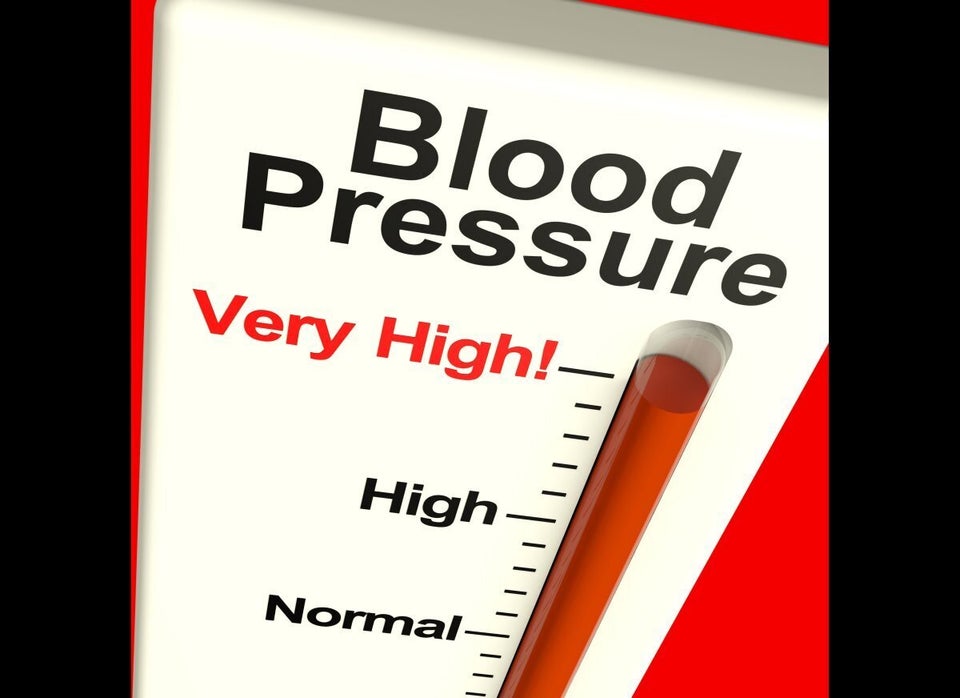Could your drawing skills be the key to predicting your risk of a stroke?
A team of Swedish scientists believe so, after testing the theory on a group of older men.
Researchers from Uppsala University in Sweden discovered that the way a person draws lines between ascending numbers, could help predict their risk of dying after a stroke.
The study involved questioning and testing 1,000 healthy men aged between 67 and 75 over a 14-year period.
Participants were asked to draw lines in between numbers and letters in ascending order as fast as possible during a simple cognitive test. The trail making test (TMT) scores ranged between 0 (being worst) and 30 (the best).
The volunteers were also given a mini-mental state exam (MMSE), which involved a series of challenges that tested their memory, numeracy and orientation skills.
Those who scored the lowest points with a low completion time “reflected impaired psychomotor speed” and were three times more likely to die from a stroke then those with higher scores.
Researchers are hoping that this method of testing stroke risks will help health experts spot the early signs of strokes in those most at risk. However, they pointed out that it would be most effective in predicting post-stroke mortality.
This study was published in the BMJ Open journal.
SEE ALSO
Dr Clare Walton from the Stroke Association said in a statement: "This is an interesting study because it suggests there may be early changes in the brain that puts someone at a greater risk of having a fatal stroke.
"This is a small study and the causes of poor ability on the drawing task is not known. Although much more research is needed, this task has the potential to screen for those most at risk of a severe or fatal stroke before it occurs so that they can benefit from preventative treatments."
Strokes affect around 150,000 people in the UK, where one person is stuck down with the condition every five minutes.
About a third of people who have a stroke make a significant recovery within a month. But most stroke survivors will have long-term problems. It may take a year or longer for them to make the best possible recovery. Sadly, in the most severe cases, strokes can be fatal or cause long-term disability.
Unfortunately, there are certain risk factors you cannot control when it comes to preventing your stroke risk, like gender (men are more likely to have a stroke than women), age (most people who have strokes are aged 55 and over) and ethnic background (South Asian, African and African Caribbean are more likely to have a stroke).
However, there are lifestyle changes you can make to help slash the risk of strokes:
Stop smoking
Smoking causes your arteries to fur up and makes a blood clot more likely. So stopping smoking is one of the most important things you can do to reduce your risk of stroke.
Curb alcohol consumption
Binge drinking (more than six units of alcohol within six hours) in particular can cause your blood pressure to increase rapidly, which greatly increases the risk of a stroke.
Eat well
Being overweight increases your chances of high blood pressure, heart disease and diabetes, all of which can increase your chances of stroke.
Get active
Healthy eating helps keep your heart and bloodstream in good form. Regular physical activity lowers your blood pressure, helps balance fats in your body and improves your ability to handle insulin.
